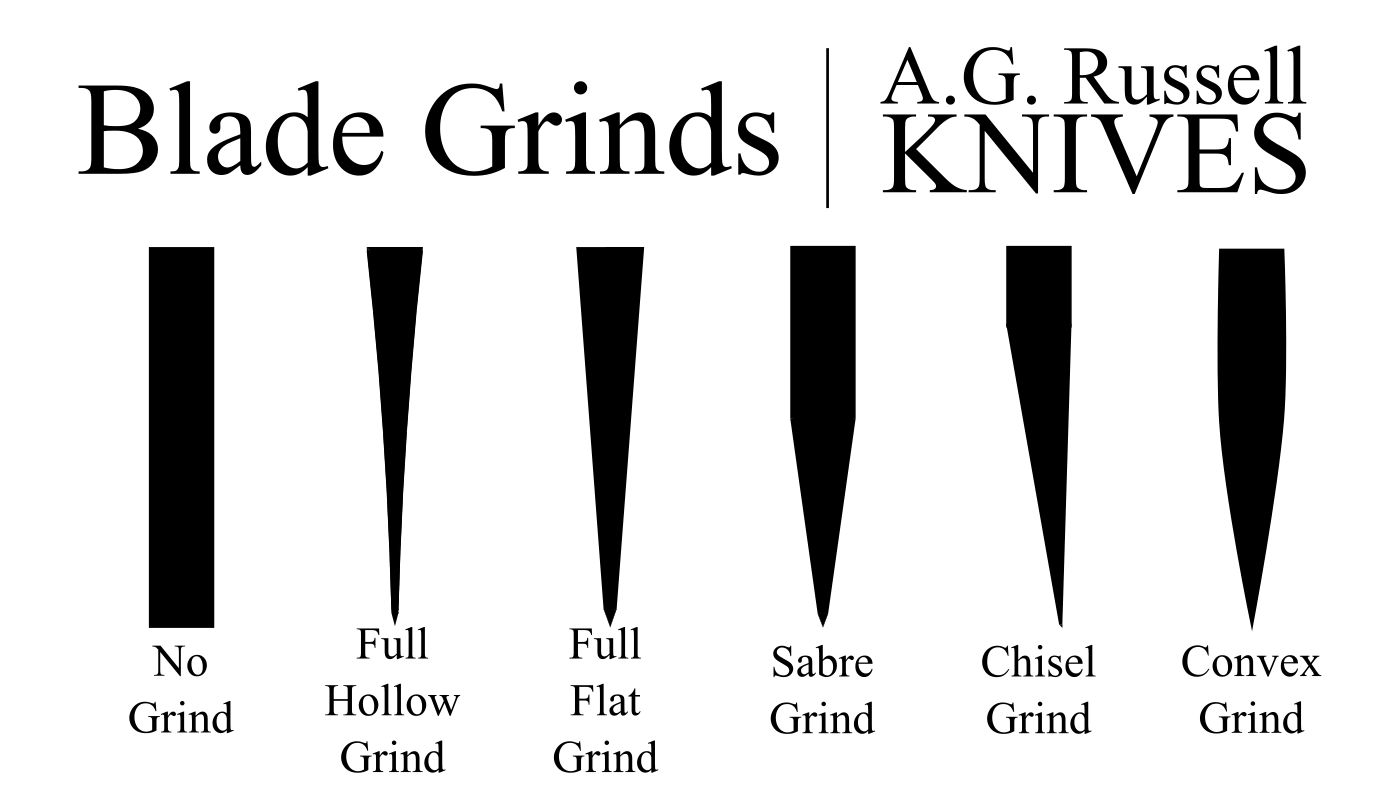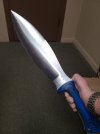- Joined
- Jan 15, 2012
- Messages
- 858
Hi all,
Shouldn’t we have a list of pros and cons of different blade geometries pinned here? What’s the purpose of a clip point? Is drop point the best general purpose edc blade geometry? Is tanto hard to sharpen? What is belly good for and when is a straight edge preferable?
On top of that there are edge geometries too. Convex and hollow and sabre and scandi grinds et c. This is complicated!
I imagine there are lots of opinions out there but there should be some consensus about the basics among BF connoisseurs…
Best,
Daniel
Shouldn’t we have a list of pros and cons of different blade geometries pinned here? What’s the purpose of a clip point? Is drop point the best general purpose edc blade geometry? Is tanto hard to sharpen? What is belly good for and when is a straight edge preferable?
On top of that there are edge geometries too. Convex and hollow and sabre and scandi grinds et c. This is complicated!
I imagine there are lots of opinions out there but there should be some consensus about the basics among BF connoisseurs…
Best,
Daniel



